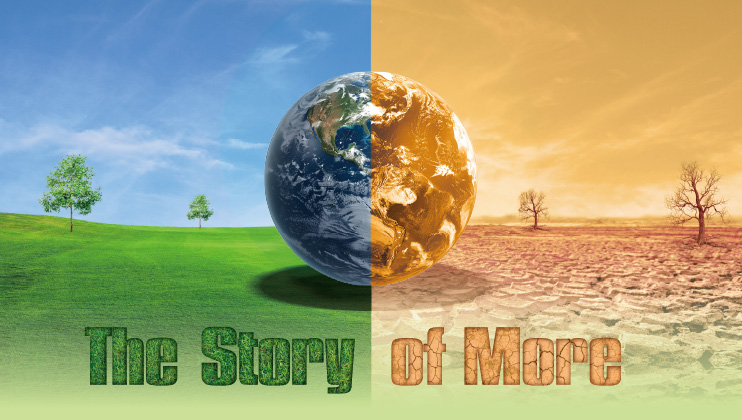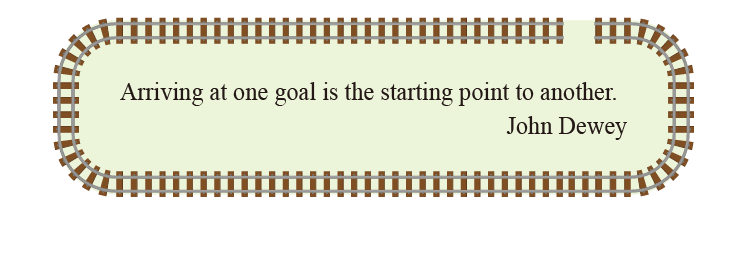

In September 2023, Hong Kong was hit by the most extreme rainfall recorded in its meteorological history. This unprecedented downpour caused severe flooding and waterlogging, bringing the city to a standstill. Hong Kong is not alone in experiencing extreme weather conditions. From record-breaking heatwaves and famine-causing droughts to increasingly powerful hurricanes and tornadoes, the impact of climate change is being felt around the globe. If you would like to know how we have got into this perilous situation and what can be done, Hope Jahren’s book The Story of More: How We Got to Climate Change and Where to Go from Here is an excellent starting point.
An award-winning geobiologist at the University of Oslo in Norway, Jahren came to prominence as a writer with her best-selling debut Lab Girl, a humorous and lyrical memoir about plants and her career in science. In The Story of More, the lab girl turns her attention to climate change and the responsibility we all bear.
Interestingly, the book does not directly address climate change in its first three quarters. After introducing the phenomenon of global warming in the first chapter, Jahren zooms out and takes us on a journey through time and space. She starts by telling us the situation in Mesopotamia 3,800 years ago when the world population was around 100 million and then brings us back to the present day. Along the way, she methodically discusses the impact of human life, from population growth to Norwegian fishing to energy consumption. The book, with each topic covered in a few pages, offers a panoramic view of “How We Got to Climate Change”, as stated in its subtitle.
Much of what Jahren has uncovered is, in many ways, a paean to human ingenuity and ambition. Over the past five decades, as the world’s population has more than doubled, production of grain and meat has tripled. Advances in medicine, public health and sanitation have halved child mortality and increased the average life expectancy by 12 years. As a species, we humans have been stunningly successful, perhaps too successful for our own good.
In Part Four, Jahren links the previous chapters to the changes occurring on our planet. The period between 2005 and 2016 was the warmest decade on record since thermometer-based observations began. We are in the midst of the sixth mass extinction on earth, caused not by natural phenomena but by destructive human activities. It is estimated that, at the current extinction rate, around 25% of species will vanish by 2050.
Jahren presents the gravity of our predicament with disturbing data and numerical analyses. But far from being a dry scientific treatise, the book is an accessible and emotionally resonant narrative that bridges the often yawning gap between data and everyday life. By seamlessly weaving anecdotes and scenes from her childhood with the statistics and trends that portend future problems, Jahren deftly illuminates how our relentless pursuit of “more”—more possessions, more comfort, more wealth—has altered our world and climate, especially over the last 50 years. But there is an alternative to “more”. In the appendix “The Story of Less”, Jahren concludes the book with some suggestions for readers to examine their values, seek information and live up to the motto “use less and share more”.
Since the publication of Jahren’s book in 2019, climate change has accelerated at an alarming rate. According to the World Meteorological Organization, 2023 was by far the hottest year and 2014-2023 the hottest decade ever documented. The global average temperature was 1.45°C above pre-industrial levels, dangerously close to the 1.5°C threshold set by the Paris Agreement. Jahren emphasises the urgency of actions, stating, “Fate has placed you and me at the crossroads of environmental history.” The future of our planet depends on the choices we make right now.













